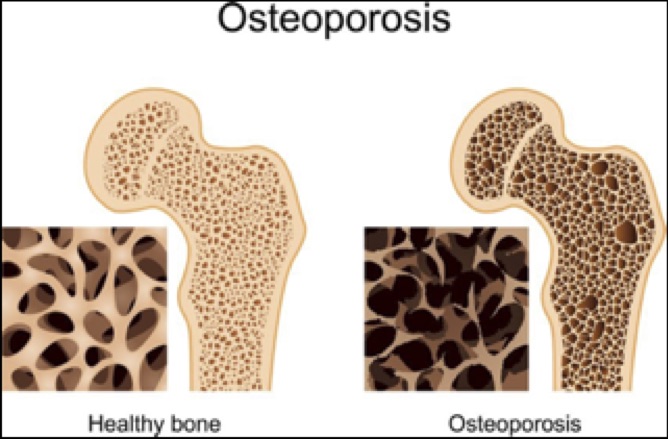Osteoporosis is a silent bone disease that weakens bone density and increases fracture risks. Recognizing the early signs of osteoporosis is crucial for timely treatment and prevention of complications. In this blog, let’s uncover the top 10 early symptoms of osteoporosis you must pay attention to.
1. Frequent Bone Fractures
Minor falls causing fractures can indicate osteoporosis symptoms. Fragile bones are more prone to break easily, especially in hips, wrists, and spine.
2. Back Pain
Sudden or chronic back pain can be linked to osteoporosis in spine. This happens when weakened vertebrae collapse, causing discomfort.
3. Loss of Height
Noticeable reduction in height is an early osteoporosis sign. Collapsed spinal bones lead to stooping and gradual height loss.
4. Poor Posture
Kyphosis or stooped posture is common with osteoporosis in women. Weak spinal bones make it hard to maintain proper posture.
5. Weak Grip Strength
Reduced grip strength may signal osteoporosis risk factors. Strong muscles support bone health, but weakness indicates imbalance.
6. Recurring Joint Pain
Though often linked to arthritis, osteoporosis and joint pain may coexist, making movements uncomfortable.
7. Reduced Mobility
Difficulty in walking or standing without pain is among the early symptoms of osteoporosis in adults.
8. Weak Nails
Brittle nails can reflect low bone density. This osteoporosis early symptom is often overlooked.
9. Gum Recession
Oral health changes like gum recession may hint at osteoporosis in teeth due to weakened jawbone structure.
10. Fatigue and Weakness
Unexplained tiredness may accompany osteoporosis causes since bones and muscles lack proper support.
Prevention Tips
- Eat calcium and vitamin D-rich foods.
- Engage in weight-bearing exercises.
- Avoid smoking and excessive alcohol.
- Go for regular bone density tests.
Conclusion
Osteoporosis develops silently but shows visible warning signs if observed carefully. Detecting early signs of osteoporosis can prevent severe fractures and disability.
Protecting your bones with lifestyle changes and medical guidance reduces future risks. Prioritize bone health and consult a doctor if you notice these symptoms.

